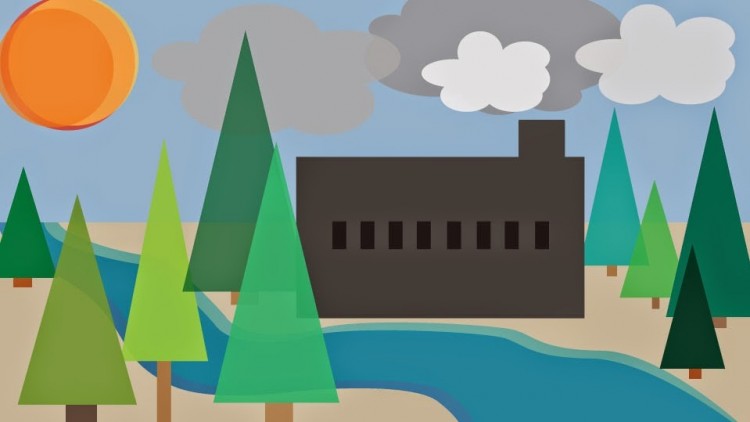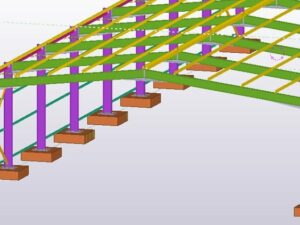Global Environmental Problems: Surveying the Human Footprint
- Description
- Curriculum
- FAQ
- Reviews

This course explores the environment through the lens of human influence. We will discuss human behavior as it relates to the treatment and use of the environment, from a geographical perspective. We will focus on spatial dimensions of global environmental issues, which includes Earth's subsystems, population growth, land-use change, industry and uneven development, specific examples of the human footprint, and climate change.
-
1Using Geography to Understand Global Environmental Problems
This opening lecture will describe what geography is and why it provides an excellent platform in which to discuss global environmental problems.
-
2Garrett Hardin's 1968 "Tragedy of the Commons"
This lecture examines Garrett Hardin's landmark 1968 essay, "Tragedy of the Commons," and identifies how it helps to put many of the discussions addressing global environmental problems in context.
-
3Energy & Subsystems
This lecture will explore how Earth receives and distributes energy, as well as the role of the four subsystems and how they interact to create a natural order.
-
4The Carbon Cycle & Biodiversity
This lecture highlights the role of carbon and carbon cycles on Earth and discusses the "natural state" of ecosystems and biodiversity on the planet.
-
5Human Population Growth
This lecture will examine how human population increase has contributed to environmental problems, as well as how uneven development has given environmental problems two faces.
-
6Agriculture and Agribusiness
This lecture illuminates the scale of agriculture on the planet surface, while discussing the environmental impacts of such activities, both in developed and developing nations.
-
7Forest Resources & Deforestation
This lecture discusses Earth's forest resources and how the reduction of these wooded regions, particularly in the tropics, can and had contributed to global climate problems.
-
8The Urban Habitat
This lecture discussed the urban realm and how it is the epicenter of human activity, creates microclimates, and continues to impact surrounding natural ecosystems.
-
9Pollution
This presentation highlights some important aspects of anthropogenic pollution, its causes, and what sources contribute to surplus atmospheric carbon.
-
10Waste
This lecture briefly explores that various types of waste, waste paradigms, and environmental issues associated with waste.
-
11Mining & Resource Extraction
This presentation explores various angles of mining, from what is mined to extraction methods and their side-effects, as well as laws.
-
12Conventional Energy Use
This presentation outlines the various kinds of fossil fuels used for conventional energy, distinguishes power energy from mobility energy, and highlights the environmental concerns with fossil fuel dependence.
-
13Climate Change
This lecture addresses the myriad of concerns around climate change, discusses some of the basic issues, and sheds light on some of the arguments against global warming.






Social Network